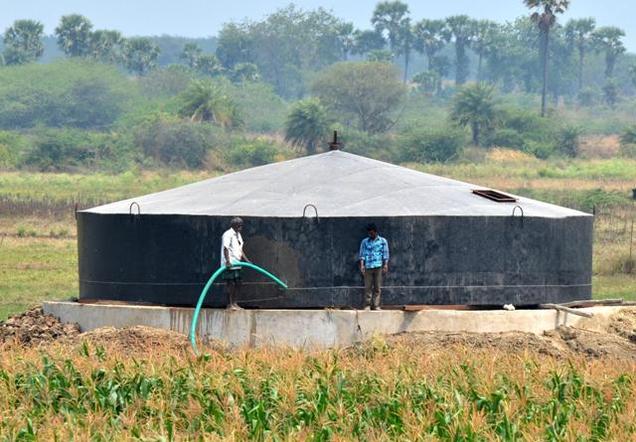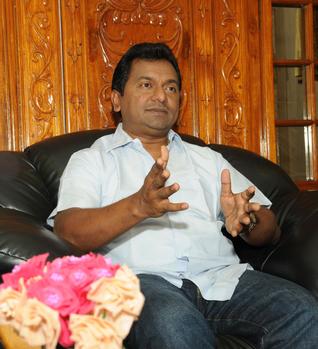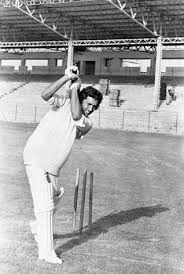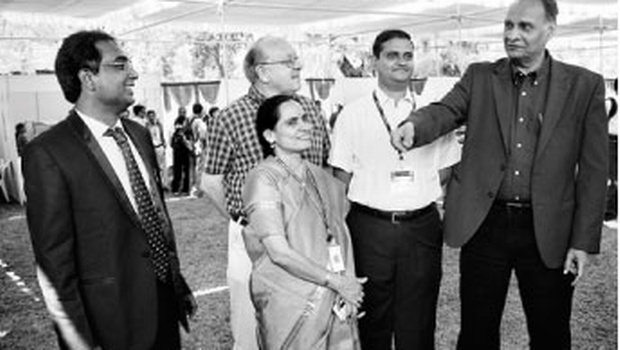“See the skies from the air on Fridays at 2 pm for `10.” Amused? This was on a famous poster of the Deccan Airways of the circa 1950’s Hyderabad. Walk into the ‘History of Civil Aviation in India’ stall at the India Aviation 2014 at Begumpet airport and you will possibly stumble upon such fascinating records, be it aviation stamps or airline schedules, of a glorious past of aviation in Hyderabad and the country.
Deccan Airways, as the company owned by the Nizam of Hyderabad was called in 1945, had chartered flights to as far as Quetta and Rangoon, and were also the first one’s to start the Haj chartered fleet from the country in 1948.
“Hyderabad had a regular air-strip even back in 1932 at Habshiguda. PM Reddy and Babar Mirza of Aero Club of Hyderabad used to regularly fly from here. In 1934, it became Hyderabad State Aero Club and started operating from Begumpet airport, which is presently one of the oldest airports in the country,” says P Anuradha Reddy, who is the author of ‘Aviation of Hyderabad State’.
According to her, PM Reddy and Babar Mirza, both of Hyderabad, were among the firsts in the country to complete their flying training in England and obtain licenses.
Hyderabad was also the first princely state to have a coordinated transport system in place. Speaking about the fleet of flights procured by the Nizam, she says that at the start of World War-II, Royal Airforce of the UK took over the Hyderabad State Aero Club to convert it into the first Elementary Flying Training School.
“After the World War-II, Dakota DC-3 aircrafts used by the US Air Force were lying out of use at Assam. It was considered no good and were being given away for throw away prices. Hyderabad state bought 21 of them and flew them down here, worked on them and later the same aircrafts became the backbone of civil aviation in India,” she informs.
The Hyderabad state had five airfields with concrete runways in Aurangabad, Warangal, Bidar, Hakimpet and Begumpet. Photographs of Hyderabad’s first licensed pilots Capt PMM Reddy and Capt PN Reddy, first trained woman pilot Aban Peston Chenoy who passed away two years ago, and some of the earliest forms of trainer and chartered aircrafts are featured in the gallery.
Surprisingly, the Nizam of Hyderabad took his first flight only in 1951 in the capacity of Rajpramukh. Quoting Captain PM Reddy, who was also Anuradha Reddy’s father-in-law, she says that the Nizam was never really interested in flying and had his own worries.
“So finally, he took a test flight around Hyderabad city. He was as excited as a child to see his own King Koti palace. And he asked if others also can see his palace from the air. Getting an answer in the affirmative, he imposed a flying restriction on top of his palace,” she says.
So how did the Deccan Airways become the backbone of civil aviation? Unlike the other flight companies, the Deccan Airways enjoyed a much wider coverage, operating from Madras-Hyderabad-Nagpur-Bhopal-Gwalior-Delhi and Bangalore. Hyderabad also had the Night Air Mail Service, something akin to the present day Speed-Post.
“Passengers and mails were carried from Chennai, Bombay, Calcutta, Delhi and Hyderabad and interchanged at Nagpur, which was a major hub. Even newspapers were airlifted to their destinations. In fact, the Indian Express was the first news publication to be delivered via air, it was taken from Chennai to Delhi on the same day through Deccan Airways,” she adds. The world’s first aerial post also took place in Allahabad in February 1911. A humber sommer biplane that flew to Naini five miles away in 13 minutes carrying 6500 letters and cards was the first aerial post.
To pay true and fitting tribute to the city’s aviation history, she suggests a civil aviation museum. “There is so much to offer about Hyderabad’s aviation history. The oldest terminal at Begumpet airport, which isn’t in use, could be turned into a museum to protect the legacy,” she opines.
Titbits of aviation’s history
The Nizam’s Government owned 71 per cent of Deccan Airways and the remaining was held by Tata Sons and others. Launched with three aircrafts, it went on to have a fleet of 13 Dakotas by the early 1950s. It merged with Indian Airlines in 1953
When the seventh Nizam Mir Osman Ali Khan took a test flight in 1951, he was initially excited to see his King Koti Palace from the air. However, paranoia set in soon after and he imposed a no-fly zone over his residence
Deccan Airways had chartered flights to as far as Quetta and Rangoon. It was also the first to start the Haj chartered fleet from Indian in 1948
Hyderabad based Deccan Airways was of the one of the premier airlines of the country, operating on Madras-Hyderabad-Nagpur- Bhopal-Gwalior-Delhi, Hyderabad-Bombay and Hyderabad-Bangalore sectors. Though founded in September 1945, the first flight took off on May 25 the following year
source: http://www.newindianexpress.com / The New Indian Express / Home> Cities> Hyderabad / by Rahul V. Pisharody / Hyderabad – March 15th, 2014




